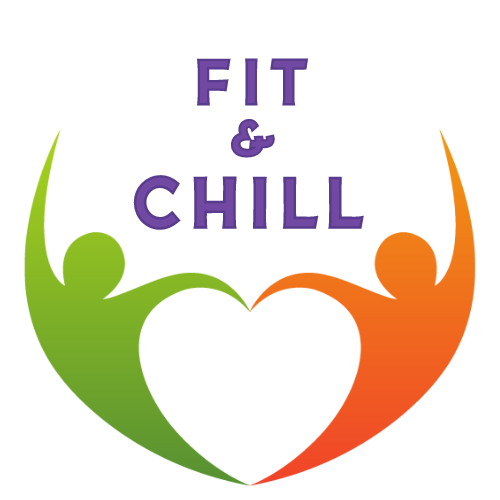Benefits of The Arms Open and Close
- Upper Body Strengthening: “Arms Open & Close” targets the muscles of the chest, shoulders, and upper back, helping to strengthen and tone these muscle groups for improved upper body strength and definition.
- Shoulder Mobility: By opening and closing the arms, this exercise helps improve shoulder mobility and flexibility, reducing the risk of shoulder injuries and improving overall range of motion.
- Posture Improvement: Strengthening the muscles of the upper back helps improve posture by pulling the shoulders back and opening up the chest, reducing rounded shoulders and forward head posture.
- Core Engagement: Maintaining stability and proper posture throughout the exercise requires engagement of the core muscles, helping to improve core strength and stability.
- Balance and Coordination: “Arms Open & Close” challenges balance and coordination as you move your arms through different planes of motion, improving overall motor skills and movement efficiency.
Tips for Beginners:
- Start with Light Weights: If using weights, start with light dumbbells or resistance bands to ensure proper form and avoid strain on the shoulders.
- Focus on Control: Perform the exercise in a slow and controlled manner, focusing on feeling the muscles working throughout each repetition.
- Maintain Proper Alignment: Keep your spine neutral and avoid arching or rounding your back as you move your arms through the range of motion.
- Breathe Rhythmically: Inhale as you open your arms outward and exhale as you bring them back together, maintaining controlled breathing throughout the exercise.
- Use a Mirror: Performing “Arms Open & Close” in front of a mirror can help you monitor your form and ensure proper alignment of your arms and torso.



Leave A Comment